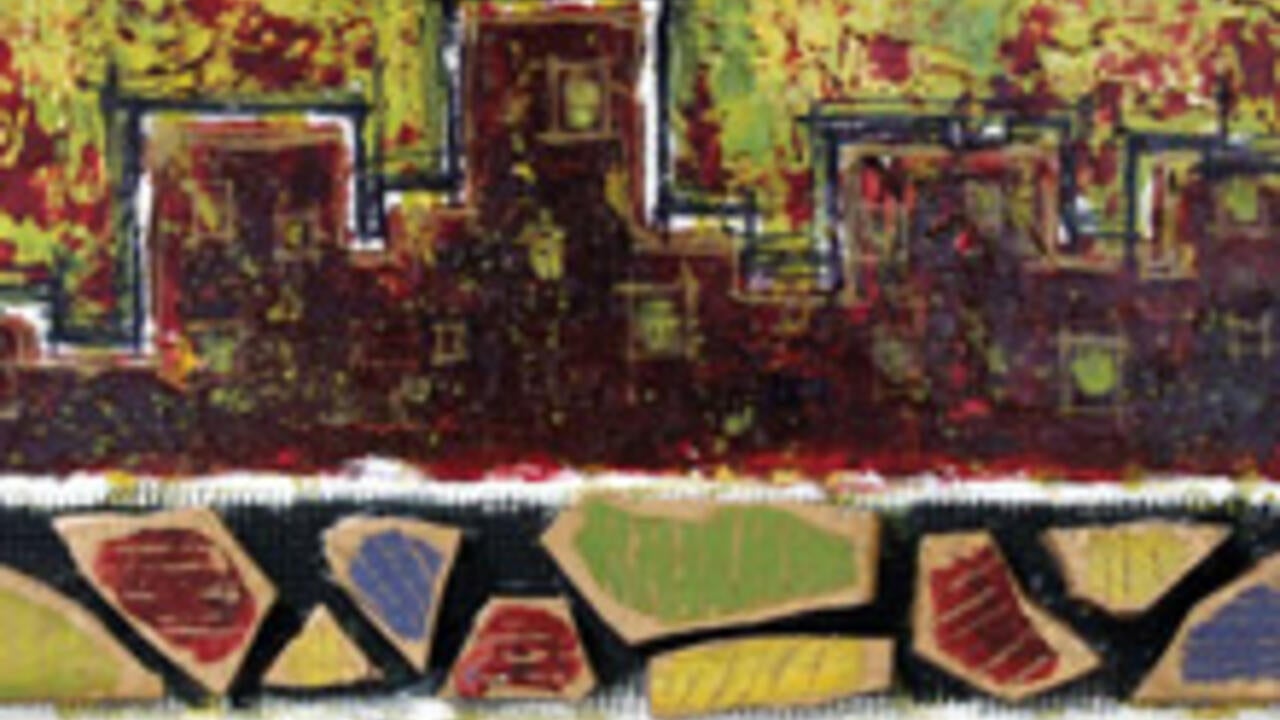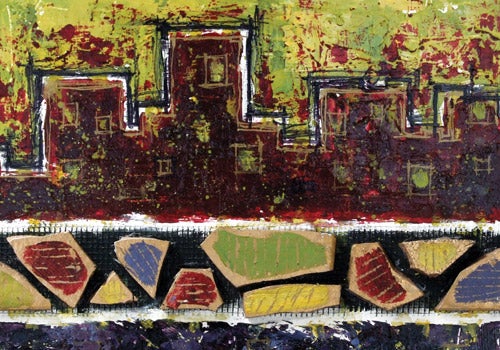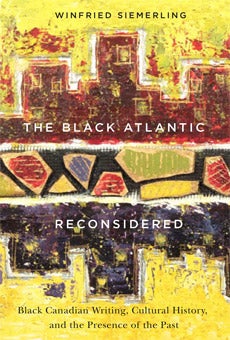
Is slavery part of Canada’s history?
Waterloo professor examines history of black literary culture in Canada with book: Black Atlantic Reconsidered

Waterloo professor examines history of black literary culture in Canada with book: Black Atlantic Reconsidered
By Heather Bean University Relations
Cityline III by Ken Daley
When Winfried Siemerling begins his undergraduate courses in black Canadian Literature, he asks his students whether they’re aware that slavery is part of Canada’s history.
Of twenty-five students, about five say yes.
Siemerling, a professor in Waterloo’s Department of English Language and Literature, isn’t surprised. Not many Canadians, he says, are aware of the depth and breadth of the black experience in Canada. He’s aiming to help change that with his most recent book, The Black Atlantic Reconsidered: Black Canadian Writing, Cultural History, and the Presence of the Past, which received rave endorsements from Canadian novelist Lawrence Hill and Harvard Professor Henry Louis Gates, Jr.

Professor Winfried Siemerling of the Faculty of Arts
“Everybody has heard about the underground railroad. But not many know that there was slavery in New France, slavery in Toronto. That is less known,” says Siemerling. “And here in Kitchener-Waterloo, there were black settlers in the nineteenth century in the Queen’s Bush settlement just north of Waterloo. Very often students don’t know about that.”
The book collects and analyses a wide range of documents that trace the centuries-long history of black literary culture in Canada, from slave testimony in New France, to the Book of Negroes from 1783, to the testimonies of black pioneers—who were also roughing it in the bush—and writings of the 19th-century black Canadian journalist Mary Ann Shadd. These older documents provide a foundation for Siemerling’s examination of more contemporary Canadian black authors’ work—authors such as Wayde Compton, Lawrence Hill, Esi Edugyan, Lorena Gale, and former University of Waterloo student George Elliott Clarke— which often calls back to those roots: hence the “presence of the past” in his subtitle.

Siemerling worked hard to keep his book accessible. He pulled his manuscript from the major academic publisher Routledge because the book would have come out as a research series hardcover— “They told me it’s $80!”—destined for library shelves, not classrooms. So he declined, insisting “This is for students.” Instead, he negotiated with McGill-Queen’s to put out a paperback version.
That move has paid off. His book has already inspired a seminar at the University of Ottawa. It’s proven popular in Europe, where the field of black Canadian Literature is even less well known—it’s been taught at the JFK Institute for North American Studies in Berlin, for example, and it’s on the Black Lives Matter Canadian syllabus. For further accessibility, Siemerling also created a detailed website with links to original sources and research aids.
And for the casual reader who wants to know more about black Canadian literature, Siemerling is brimming with recommendations: “Anything by Dionne Brand, of course, and Esi Edugyan’s lesser-known book, The Secret Life of Samuel Tyne; Wayde Compton should be read more, especially his book of essays, After Canaan, and his short story collection The Outer Harbour; and David Chariandy’s Soucouyant, he is a wonderful writer and we will hear much more from him.”

Read more
Meet the 14 exceptional students representing Waterloo’s newest grads

Read more
“I’m excited to be in a place where I’m adding value, learning fast and living up to the Waterloo reputation of pushing boundaries.”

Read more
More than 100,000 children and youth from across the region are discovering the wonders of science and technology through the University of Waterloo
The University of Waterloo acknowledges that much of our work takes place on the traditional territory of the Neutral, Anishinaabeg, and Haudenosaunee peoples. Our main campus is situated on the Haldimand Tract, the land granted to the Six Nations that includes six miles on each side of the Grand River. Our active work toward reconciliation takes place across our campuses through research, learning, teaching, and community building, and is co-ordinated within the Office of Indigenous Relations.